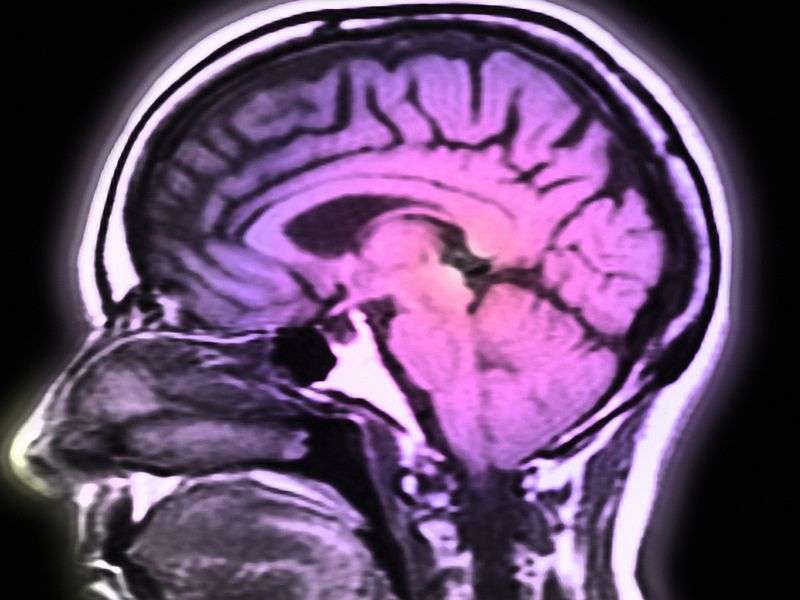(HealthDay)—Growth charting methods identify a correlation between intrinsic connectivity networks (ICN) and attention performance, according to a study published online April 13 in JAMA Psychiatry.
Daniel Kessler, from the University of Michigan in Ann Arbor, and colleagues used a network growth charting approach to examine the correlation between alterations in ICN maturation and attention performance. Data were obtained from a prospective, population-based sample of 9,498 youths who underwent genomic testing, neurocognitive assessment, and neuroimaging. Of these youths, 1,000 aged 8 to 22 years underwent brain imaging.
Of the 519 youths who met quality control criteria, 4.8 percent met the criteria for attention-deficit/hyperactivity disorder. The researchers found that participants' patterns of deviations from normative maturational trajectories suggested sustained attention functioning (R² = 24). These patterns were a reliable biomarker of severe attention impairment. A down-shifted pattern of ICN maturation (shallow maturation) was implicated in reduced attention performance compared with a right-shifted pattern (lagged maturation). The investigators identified parallel correlations between ICN dysmaturation and attention-deficit/hyperactivity disorder diagnoses.
"Growth charting methods are widely used to assess the development of physical or other biometric characteristics, such as weight and head circumference," the authors write. "To date, this is the first demonstration that this method can be extended to development of functional brain networks to identify clinically relevant conditions, such as dysfunction of sustained attention."
More information:
Abstract
Full Text
Editorial
Journal information: JAMA Psychiatry
Copyright © 2016 HealthDay. All rights reserved.






















